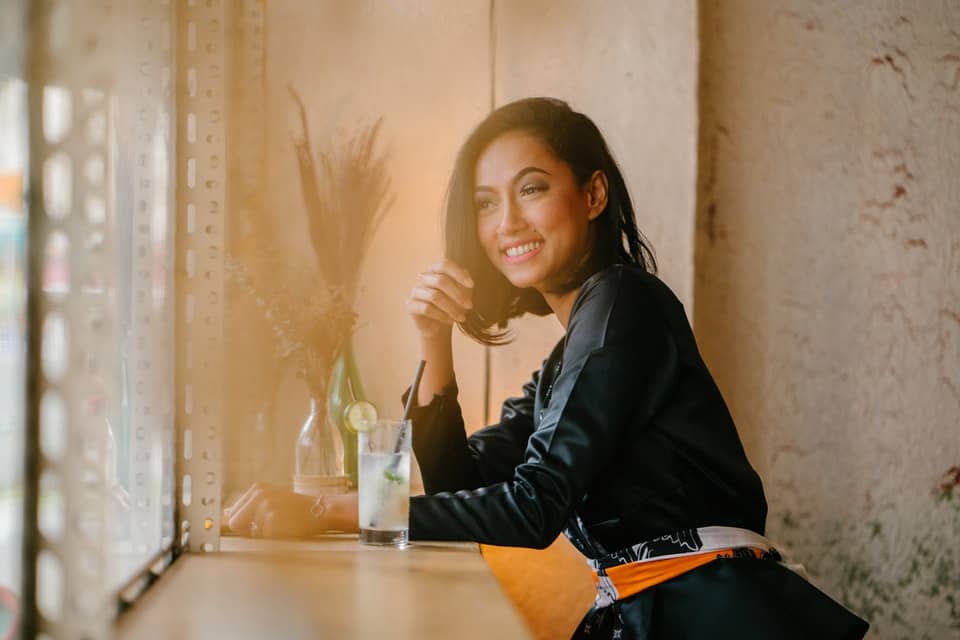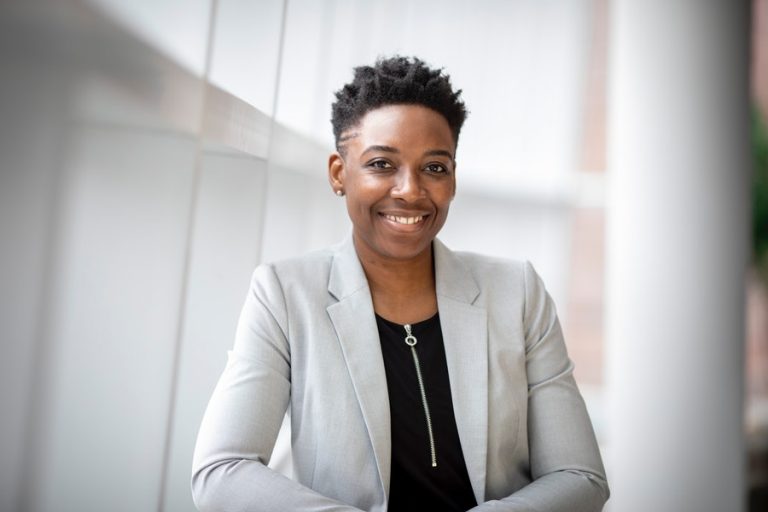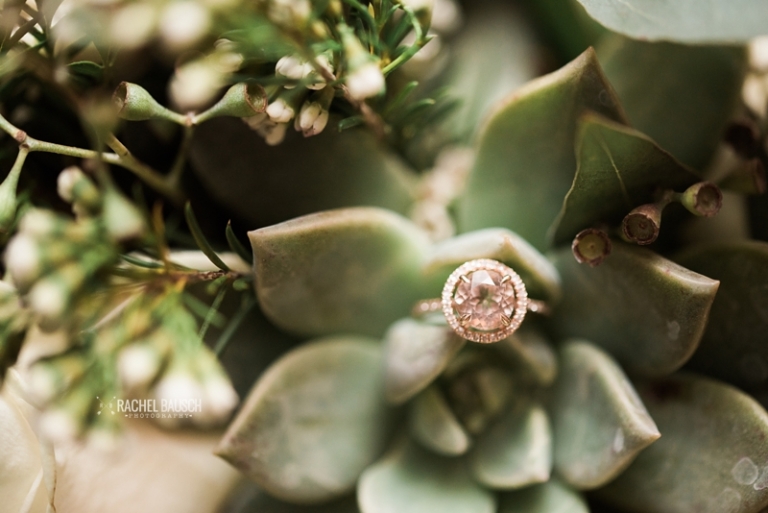Senior pictures are like a rite of passage for high school students. These pictures capture the seniors’ style and personality. While anyone can snap a few senior portraits with a smartphone, not everyone can showcase the student in a stylized and professional way. If you have wondered how to take senior pictures, this guide will help you.
Things to Consider Before the Session
Before getting together with the senior, it is essential to meet and talk about the student’s goals. As the photographer, you should know something about the student before meeting for the official shoot.
Make Sure to Ask Questions in Advance at a Pre Consultation
You need to ask several questions before snapping one shot. Some important questions include:
- Where would you prefer to be photographed?
- How many outfit changes do you need?
- What is your school’s yearbook deadline?
- What do we do if the weather doesn’t cooperate?
- Do you have to show your hobbies, pets, or friends in the photos?
- What is your budget?
As a photographer, you should be able to help the student make decisions about locations, outfit changes, and weather conditions.
Photo by PublicDomainPictures Licensed Under CC0
Consider Your Client’s Wardrobe
Seniors like to have pictures in their different styles. Some students like to show off their formal side as well as their casual side. If they are athletes, they might wear their uniforms or have some gear in the photos. If they have to change their outfits, then they need to have a place to change and prep their hair and makeup.
If you are shooting outdoor high school senior portraits, advise your subject to wear solid colors that will not overwhelm the background. Consider all of the colors that can end up in an outdoor shoot: the sky, trees, the ground, and any buildings, too. Your subject’s face needs to be the focal point, not a bold print or obnoxiously bright color.
You should tell your subject to wear clothing they feel comfortable and confident wearing. If your subject isn’t dressed comfortably, their faces and body language will show it. They should also wear colors that complement their skin, hair, and eyes. If they are posing with a friend or pet, colors don’t need to match, but they should coordinate.
Don’t forget to tell your clients to iron their clothes before the shoot. If your client wants to wear formal clothing, start there. It is easier to dress down while on location than to dress up. If your client is making hairstyle changes, they should come to the session with the complicated style done first as it is easier to undo hair, than to put it up.
Photo by DzeeShah Licensed Under CC0
Review Posing Before the Session
When you work with seniors, you have to understand how to pose them, so they look natural. Students need to look like themselves, but better, in their pictures. Since many students will ask you to photograph them outside, you have to understand how to work with shadows and light.
When you meet with them before the session, have them bring in some pictures that they like. Listen to them when they describe what they like about the poses. Keep copies of the photos they like, so you know how to pose them during the official session.
Want to never run out of natural & authentic poses? You need this ⬇️

Click here & get it today for a huge discount.
What to Do During the Session
Once you meet with the student, the goal is to have fun and capture memorable photos. Fortunately, with digital photography, you shoot more photos that you will ever use. These tips will help make the session run smoothly.
Communicate and Build Friendly Rapport
Even though you have already met with your client at least once, you still need to build rapport during the shoot. Take time to talk with your teen about the previous meeting, and ask if there are any updates to their photo preferences.
Then as you work with your senior, keep the conversation light, so they feel comfortable around you. Give thorough instructions about poses, and praise your subject for listening to your instructions. Encourage your subject to offer ideas, and pay attention to their body language, so what is natural for them.
Photo by vishvanavanjana Licensed Under CC0
Make Sure to Review Your Aperture
When you are shooting, pay close attention to the aperture. You should have an appropriate amount of lighting, and you want to play with the depth of field. You do not want your client to be blurry or washed out, so your aperture settings are important.
Since many photographers shoot senior images in the middle of the summer and early fall, sunlight can be overwhelming. It is best to avoid taking pictures in the middle of the day.
Photo by Averyanovphoto Licensed Under CC0
The best light for outdoor shoots is during the early morning as the sun is coming up, or in the early evening before the sunsets. Think of when natural light is most flattering and where the sun hits the face.
If the setting is not vital to the shot, then you can play with the depth of field to create an artistic blur in the background. Your subject will pop in front of a soft background. In some cases, you might even want to soften your client’s face, too. Remember that there are effects you can do post-production, but you still need a good right photo first.
Embrace the Awkward
High school kids might think they are cool, but in reality, they are rather awkward. They will do silly things during the shoot while posing, and there is nothing wrong with having an appropriate laugh. Sometimes, the unexpected moment turns out to be a breakthrough that eases the photoshoot. With digital cameras, you have room to play with even the silliest of posing moments.
Photo by timokefoto Licensed Under CC0
Keep an Eye Out for Structural Elements
When shooting class pictures, be aware of your surroundings. You should find structural elements or leading lines that draw the viewer to the subject. For example, if you are shooting outdoors, look for ways to frame your subject within a group of flowers, trees, or shrubs.
If you are at the beach, play with the lines where the water meets the sand. Or, if you have a building, consider where the horizontal or vertical lines meet up with your subject’s face. Don’t forget the rule of thirds. Your subject doesn’t always have to be posed at dead center, play with the outside thirds, too.
Photo by Pexels Licensed Under CC0
Use your viewfinder to look around your location. Spot places that will enhance your subject’s look. And don’t forget about the foreground, too, as those lines can draw the eye, also.
Photo by Free-Photos Licensed Under CC0
Pick the Right Lens for the Job
To get a good senior portrait, you will have to shoot some close-up photos. If your lens is too long, you won’t be able to get a quality shot. The best choice is a lens that is at least 50mm. If you choose a lens that is too short, the photo distorts.
As each session is limited in time, you might want to use an adjustable lens so you can capture close-up photos and distance shots without having to swap lenses. The best portraits capture the subject from the chest and up. You do not want to shoot too close, or the photo could be awkward.
Photo by MatanVizel Licensed Under CC0
Keep the Editing Style Lean and Classic
When you edit, don’t do anything outlandish. The best bet is to make subtle adjustments to the light and to remove any blemishes. You should not do anything that deducts from the natural quality of the senior photo.
Some photographers will make the landscape, and the background looks extreme. For example, if you shot photos during a sunset, don’t overdo the colors. Keep the focus on your subject, not on the background.
Check the Weather Report
The Weather Channel can give you a good idea of what to expect in the skies, but the weather is not 100 percent predictable. As a senior photographer, you have to work with what you get. Don’t let a cloudy day disappoint you, and don’t be overwhelmed by a completely sunny day.
Even a shoot in the rain can be fun, as you are bound to get some fantastic facial expressions. And think about how much fun you can have with rain boots and an umbrella.
Since teenagers love to have their senior portraits taken outside, you have to be able to work with what you get. You cannot create a sun where there isn’t any. Bring and use your tools and posing tips as a photographer to make the best of any session.
Photo by Pexels Licensed Under CC0
Find Flattering Poses
The pictures you take will be in a yearbook for eternity and will be a living room wall for years. Therefore, you have to shoot poses that are natural and show off your subject’s personality. Your rapport with the subject influences the facial expressions, so it is best to have fun and act natural around them. Don’t put on a show, because your subject will see right through it.
One of the best ways to get natural facial expressions is to shoot candid shots. Capture pictures while you talk to the client. If your senior wants to take charge of posing, let them do it, at least for a little while. Once they get into their poses, you can refine the little things.
Don’t Forget After the Session
When the session is over, more work begins. Post-production involves choosing the best shots and editing them to your client’s satisfaction. You do not want to overdo the editing, because it can make the photo look fake.
Sharing on Social Media
Many photographers show off their best pictures on social media. When you tag your subject in the post, you get the eyes of all of your subject’s friends and family. This is a great way to grow your business as other seniors will see what you can do.
When you share the photos of your senior portrait session, don’t just post them. Share the fun you had taking them and how you used the weather and the location to get the shots. Thank your client for the session, too.
Before you post a senior picture of your senior photo session on social media, be sure to put a watermark on them so people cannot copy them, and you keep your rights reserved. Your livelihood depends on selling photos, without a watermark, they are free for your client and their friends and family.
Photo by Alexas_Fotos Licensed Under CC0
Tips for Photographing High School Senior Photos
Senior pictures need to show off the unique qualities of the kids in the photos. These tips will help you capture senior year photos that will help you grow your business.
Keep the Editing Style Lean and Classic
When you edit, don’t do anything outlandish. The best bet is to make subtle adjustments to the light and to remove any blemishes. You should not do anything that deducts from the natural quality of the senior photo.
Some photographers will make the landscape, and the background looks extreme. For example, if you shot photos during a sunset, don’t overdo the colors. Keep the focus on your subject, not on the background.
Photo by Mariamichelle Licensed Under CC0
Incorporate a Larger Group or Some Friends
Some seniors prefer to bring their friends in their senior portraits. While your focus is on the paying customer, you should not make these senior photos look as if the friends are fawning over your client during the session. Your best shots with friends are the ones that look natural and candid.
Consider Different Locations to Showcase the Teen’s Personality and Hobbies
Ask your client to bring items that show off their favorite hobbies in a senior portrait. Then, as you set up the shots, attractively place their items around them. If your senior plays a sport, use their gear in the photo. Don’t overdo it, though. Three things should be enough. Some kids like to show off their heritage in their photos, so be respectful of their wishes.
Photo by mahdighphoto2 Licensed Under CC0
Fun Cap and Gown Pictures
Many schools will photograph seniors as they walk at graduation. But, some families like to have cap-and-gown photos taken by their senior portraits photographer. Because these aren’t the most flattering hats and clothing, you should be creative in the way you shoot cap-and-gown photos.
Consider Your Costs
School senior photography is a business, so you should always consider your time and pay. Outfit changes take time, so you should limit those to no more than three during a session. Start with the most complicated outfit first, then work your way to casual.
Since digital photography does not require film, you should take as many senior photos as you can during the time of the session. Base you pay on the hours you work, rather than the pictures you take. Don’t forget to figure travel time into your cost, too. Make sure your fee includes keeping your rights reserved, too.
Set your price, so it is affordable and worth your time. Some people will spend thousands on senior pictures, while others think that $100 is too much. Consider your market and offer different packages. For example, you could offer a mini-package with a single outfit at one location for one hour. You have to consider what your time is worth and go from there.
Photo by langll Licensed Under CC0
Facilitate a Comfortable Atmosphere
Whether you are in a studio or out on location, you want to make sure the atmosphere is comfortable before you take a senior portrait. Kids like music, so tell them to bring their favorite songs so you can play them during the session. If parents are creating friction, give them a job to do so they are focused on something other than their child.
After you have taken some senior photos, let your client see them. Give them time to look at them and comment on the shots. Ask them what they like and what they would like to do differently. Ask them to look around the setting and try shooting in a spot they like. Their help can make a difference.







